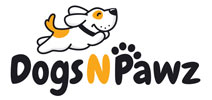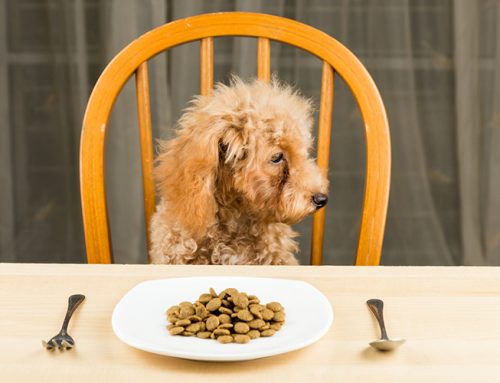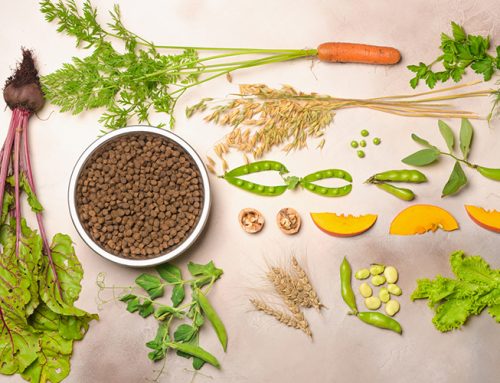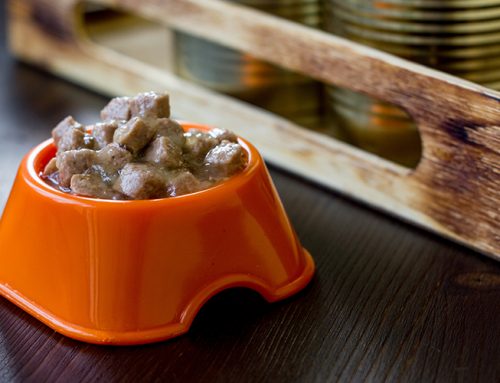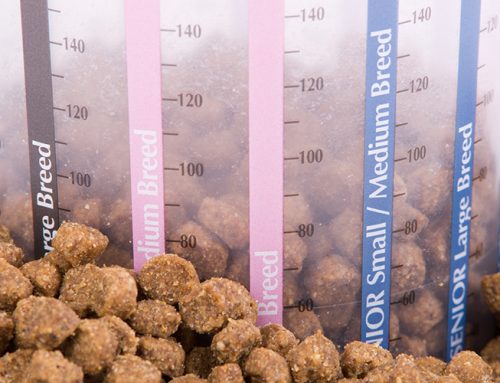Feeding Tips for Large Breed Dogs and Puppies
Large dogs need a lot of food to keep them happy and healthy. They can be more expensive to feed and have special nutritional requirements. But for big dog lovers none of that matters: bigger breeds are worth it.
What is a Large Dog?
Generally speaking, large dogs weigh more than 60 pounds. Some dogs, like Labrador Retrievers or Pit Bulls look remarkably compact but often come in over 60 pounds.
Then there are the really big girls and boys, considered extra large or giant by some systems of measurement. Extra large, or giant dogs, come in at over 90 pounds.

Great Danes and Irish Wolfhounds are considered the largest dog breed at least in terms of height. The average Great Dane is between 28 and 30 inches tall — at the shoulder. That’s about 2.5 feet tall.
They aren’t the heaviest breed — Mastiffs can weigh between 130 to 150 pounds. However, an English Mastiff can weigh up to 250 pounds and in 1989, Zorba was deemed the heaviest and tallest dog on record. He weighed 343 pounds.
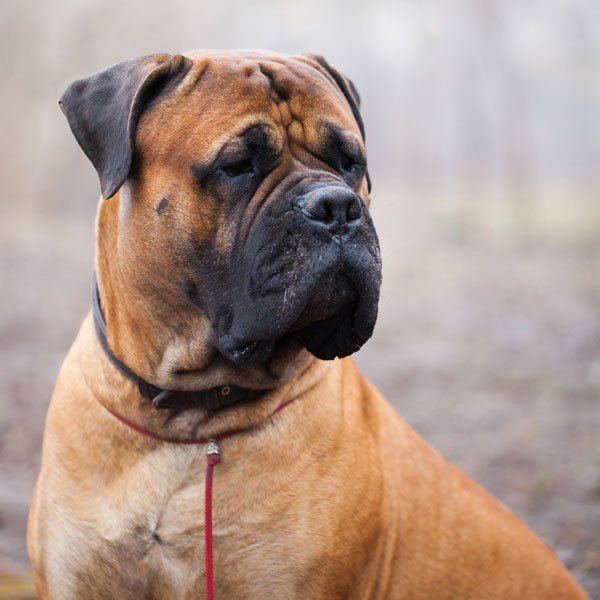

St. Bernards, Newfoundlands, Leonbergers, Anatolian Shepherds and French Mastiffs are all large dogs that can easily hit 100 pounds and or tip the scale anywhere from 150 to 190 pounds.
Clearly, large is a designation that varies widely, from 60 pounds upwards.
What Do Large Dogs Need to Eat?
There are two main categories of dog food for large breed dogs: one designed for adult dogs and one designed for large breed puppies.
Puppy food and adult dog food have different nutritional makeup, which is set by the Association of American Feed Control Officials, or the AAFCO. The AAFCO provides technical information and explanations on the ideal food values for both puppies and adult dogs in a report titled Methods for Substantiating Nutritional Adequacy of Dog and Cat Foods. The guidelines are nutrient profiles based on dry matter.
The major differences are in protein and a few key nutrient groups:
The report recommends food for puppies contain a minimum of 22.5 percent crude protein, while adult food should have a minimum of 18 percent crude protein.
Puppies food should offer 8.5 percent crude fat, while adult food should provide about 5.5 percent crude fat.
Recommended mineral percentages are higher for puppies, but recommended vitamin intake is the same for puppies and adults.
These nutritional breakdowns aren’t unique to large dogs, but large puppies do have some special food needs.
Feeding Large Breed Puppies
“They are at a higher than average risk for developmental orthopedic diseases,” according to PetMD. “Overly rapid growth appears to be an important factor in determining which individuals develop these conditions and which do not. Large breed puppy foods are slightly lower in fat, contain a little less calcium and phosphorus, and have a carefully balanced calcium to phosphorus ratio to help these dogs grow at a healthier rate.”
“Great Dane pups grow much faster than Chihuahuas, so they should eat different foods,” writes Lynn Buzhardt for VCA, a veterinary hospital brand available throughout Canada and the United States. “Large breed pups grow A LOT! But they should not grow up too fast.”
“In general, giant breed puppy foods should be lower in fat, have a good calcium content, an appropriate Ca:P ratio, and provide high quality protein,” the VCA article, Nutritional Requirements of Large and Giant Breed Puppies states. “The calcium content should be around 1.5%.”
Buzhardt recommends being careful about how much calcium puppies get and to make sure that treats are low in carbohydrates and don’t contain added calcium.
Large breed puppy chow should be lower in fat, lower in calcium, lower in phosphorus and lower in vitamin D. This makes it slightly different from regular puppy food.
Puppies of any size need more calories than similarly sized adult dogs to support body growth and their oversized energy and puppy food offers more calories per serving.
Puppies may miss out on critical nutrients if they eat adult dog food. Dogs can switch to adult food when they are about 80 per cent of their full size — for large dogs, this can be anywhere from 12 to 18 months old. Some breeds don’t reach this benchmark until 24 months. Consult with your vet or dog breeder about when to make the switch. You may decide to transition from puppy food to adult food slowly, to avoid tummy upset.
Feeding Large Breed Adult Dogs
A diet designed for full grown large breed dogs should focus on prevention. Large breeds can be prone to osteoarthritis. They’re naturally heavy, which can put a lot of stress on their joints.
Look for food that contains fatty acids (EAP and DHA), glucosamine, chondroitin and high quality leaner proteins. Many brands also carry specific large breed food with unique formulations to address the nutritional needs of big dogs.
How Much Do I Feed My Large Dog?
Know how much your dog weighs. If you have an extra large or giant girl or boy at home, you may want to consider buying dog food specifically formulated for large breeds. These are usually clearly labelled with “large breed” on the front of the packaging.
Most dog food packages will also provide recommended serving size guidelines based on a dog’s weight. Keep in mind this serving size is for the whole day: you should break up the serving size into smaller meals to ensure your dog doesn’t get bloat and that it has balanced energy throughout the day.
If your dog is underweight, or overweight, or is extremely active, you may need to adjust the amount of food. Food labels are just a starting place and pet owners need to determine the exact right amount for their dog.
Obesity is a problem for 53 per cent of American dogs
If your dog gets a lot of treats during training, you may need to adjust their meal intake to account for the extra calories. Obesity is a problem for 53 per cent of American dogs. Being overweight causes enormous strain on the joints of large breed dogs.
When to Feed Your Large Dog
Large, deep chested dogs like Great Danes, Akitas, Weimaraners, St. Bernards and German Shepherds are more prone to a condition commonly known as bloat. Bloat can be deadly if it’s not treated right away.
Essentially, bloat occurs when a dog’s stomach fills with gas, fluid or food and the stomach expands. Sometimes, this leads to the stomach twisting or rotating. In vet language, this is called gastric dilatation volvulus. It can cause your dog to go into shock.
To avoid this, feed your large, deep chested dog smaller, more frequent meals. Wait an hour after exercising to feed them, and wait about three hours after meals for their next outing. Make sure your dog doesn’t gulp large quantities of water too.
